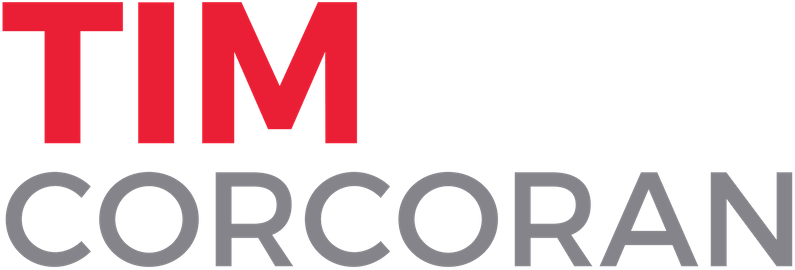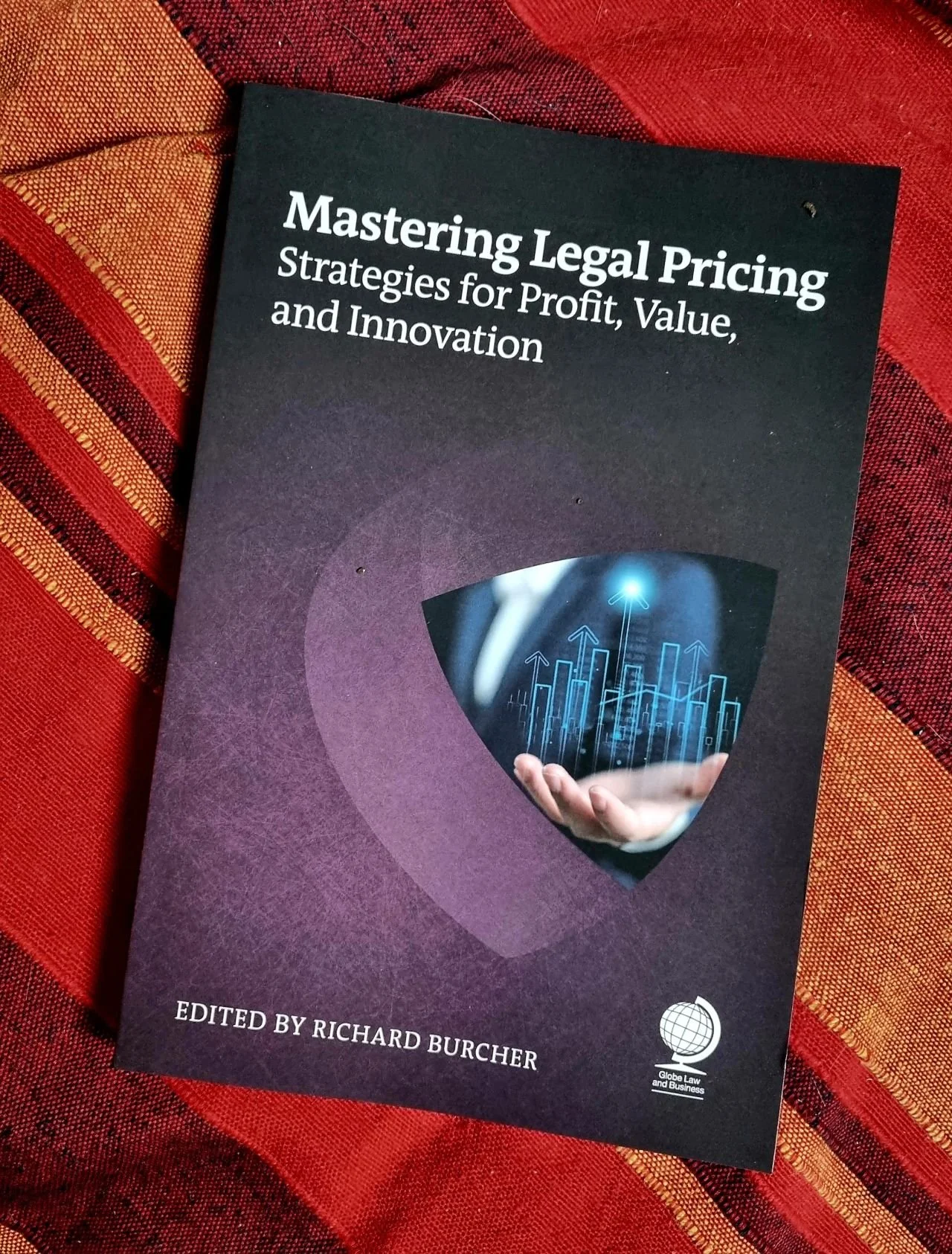Mastering Legal Pricing: Strategies for Profit, Value & Innovation
/Mastering pricing of legal work is an extraordinary opportunity for law firms to boost profits while meeting client demands for predictability and efficiency. But too often, law firms double down on outdated pricing models, diluting profits and losing clients.
I was recently invited to contribute a chapter to a new publication from Globe Law & Business, edited by Richard Burcher: “Mastering Legal Pricing: Strategies for Profit, Value & Innovation.” My chapter is titled “Partner Compensation and Its Impact on Pricing Strategies.” In it, I delve into the two primary reasons why smart lawyers continue to make dumb pricing decisions: risk aversion & misaligned incentives.
Charging for value delivered is hard, but billing clients for time & seniority without regard to outcomes, quality, or efficiency is low risk when the client doesn't know better or has fewer alternatives. But the guild's monopoly and reliance on information asymmetry are forever gone.
Plus, incentive plans wired to reward top-line revenue from billing time while ignoring profitability force partners to choose lower compensation, despite generating long-term profits from client satisfaction, or maximize compensation by generating short-term hourly revenue and ignoring client demands.
I also share insights on other aspects of partner compensation:
Law Firm Profitability: “Poorly aligned incentives don’t merely fail to reward contributions that grow profits; they often explicitly promote contributions that specifically decrease profits.”
Profiting from Leverage: “An excellent starting point for law firm partners and leaders reconsidering the nature of partner incentives is to first decide whether the role of a partner is to operate as a highly paid individual contributor or as a business owner.”
Reluctance to Change: “In most law firms, the choice to emphasize production and origination over all else is not the result of an extended debate among the partners, informed by a detailed calculation of the relative economic value of various contributions. Rather, it’s almost always a result of under-informed analysis competing with passionate advocacy by those treated well by the current system.”
Competition: “When a partner compensation plan, or a compensation committee administering a compensation plan, doesn’t consider the benefits of strategic pricing decisions that boost the firm’s profits, the partners quickly revert to outdated models and potentially create or exacerbate competitive disadvantages.”
While smarter pricing and better-aligned incentives will certainly improve client satisfaction, the sad irony is that law firms stand to derive far more financial (and well-being) benefits.
The insights in this book, including expert commentary from Richard Burcher, Stéphanie Hamon, Tanbir Jasimuddin, Steph Hogg, Jack Kingston, Steve Lauer, Benjamin Viney, Tiffany ONeil, Mike Roster, and James Perkins, are directed to law firm leaders prepared to think differently.




